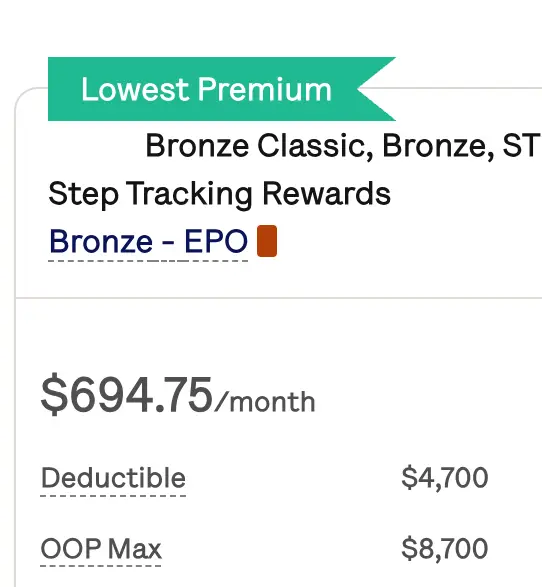The Best Health Insurance for College Students 2024
Most colleges and universities require students to have active health coverage during each semester they attend school. Many schools will automatically enroll you in their health plans, but you may be able to opt out if you would like to seek coverage elsewhere, such as through a parent’s plan or marketplace plan.
If you are looking for health coverage, Mira is a great option. For only $45 a month, Mira members get access to low-cost care at any time and facility near you. Mira works as a stand-alone solution or as a supplement to catastrophic coverage to help pay for your weekly health needs.
5 Health Insurance Options For College Students
There are several options to get health coverage as a student. You can get coverage by getting added to your parents’ plan, purchasing your school’s health insurance, buying private health insurance through the marketplace, getting coverage through an employer, or finding an alternative and affordable coverage option that meets your needs and the school’s requirements.
1. Coverage Through Your Parents’ Plan
If you are a dependent and under 26 years old, you may be able to get covered from your parents’ health insurance plan. If you go to school in a different state from where your parents reside, you can still apply to be on their plan; however, in-network providers may be limited depending on the state you live in.
2. Purchase Your School’s Health Insurance
Almost all universities offer their own health insurance plans for students. These plans can either be funded by the school itself or an outside insurance company like Aetna. Some of these plans only offer coverage during the academic year.
3. Buy a Plan Through The Insurance Marketplace
You can also purchase private health insurance through the insurance marketplace. You can qualify to add a private health insurance plan during the annual open enrollment period or a special enrollment period.
4. Join a Workplace Plan
If you work part-time while you are a student, your employer may be able to add you to their health insurance plan. You may only be eligible for a workplace plan if you work over a certain number of hours per week. If you are interested in this option, you should ask your employer about employer health insurance.
5. Find an Alternative Solution
If none of these options work for you, you may want to find an alternative and individual health coverage option. Many of these plans can be expensive, and some don’t meet the requirements of your university for proper coverage. Before making a decision, you should verify the exact requirements with your school so that you know what to look for. You might be able to get a catastrophic plan through normal health insurance that is affordable and then find a supplement for your day-to-day health needs.
Mira can be a supplement to your health needs in addition to health insurance. With Mira, you get access to low-cost urgent care visits, lab tests, and prescriptions for only $45/month. Unlike health insurance plans, you do not need to meet a deductible with Mira, so you can start getting care as soon as you sign up.

Get affordable doctor copay without paying insurance premiums
Join 39,000 people and get Mira, the best alternative to traditional insurance. Enroll and use immediately. Plans start at only $45/mo.
Jacqueline graduated from the University of Virginia in 2021 with a B.A. in Global Public Health and is a current M.D. candidate at the Icahn School of Medicine at Mount Sinai. Jacqueline has been working for Mira since April 2020 and is passionate about the intersection of public health and medical care.
